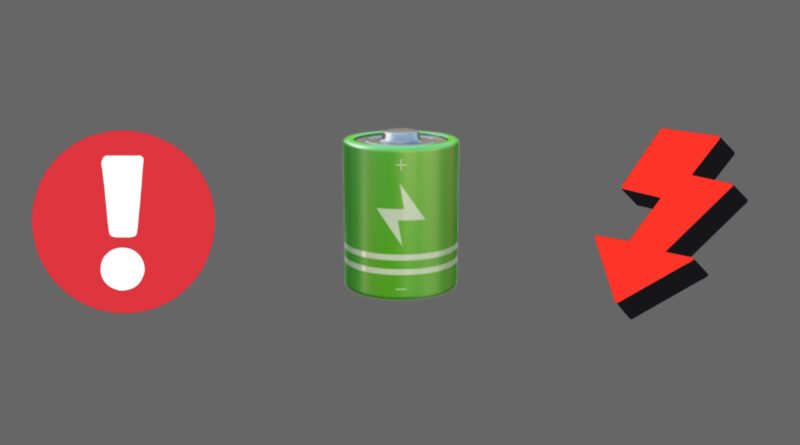Understanding Available Battery Capacity Calculation in a Tesla
Here’s a step-by-step guide to help you through the process of understanding battery capacity calculation in a Tesla. If you’re a Tesla owner, understanding your available battery capacity is crucial for efficient planning and maximizing your electric vehicle’s (EV) range. Tesla provides key information on the energy screen that allows you to calculate the available battery capacity. So you can play around the data from consumption screen so as this applies to all electric vehicles would depend on manufacturer what data they would allow to view. Online you may find some tools and websites with easy calculators and formulas. Do electric cars need servicing?
Required Information:
- Average Consumption (AVG): This figure represents the energy consumption of your Tesla, typically measured in watt-hours per mile (Wh/mi). It reflects the recent driving history and is accessible from the energy screen.
- Projected Range: The projected range is the estimated distance your Tesla can travel on the current state of charge. It is influenced by your driving habits and is calculated by the Battery Management System (BMS).
- Battery Percentage (Percent): This is the current state of charge of your Tesla’s battery, expressed as a percentage.
Procedure:
- Display Options Adjustment:
- Ensure that the energy screen displays the battery percentage at the top of the screen. If it’s not visible, you can adjust this through the Display options in the menus.
- Timing of Calculation:
- For accurate results, perform this calculation when your Tesla has just completed a journey. Avoid doing it when the battery is cold or after extended periods of inactivity to prevent artificial decreases in battery capacity due to vampire drain.
- Retrieve Information:
- Note down the AVG consumption, Projected range, and Percent from the energy screen.
- Calculation Steps:
- Multiply the AVG consumption by the Projected range. This gives you the energy (in watt-hours) the battery can provide at the current state of charge.
- Divide this result by 1000 to convert watt-hours to kilowatt-hours (kWh).
- Finally, divide the obtained kWh value by the battery percentage (expressed as a decimal, e.g., 69% becomes 0.69).
- Interpretation:
- The final result represents the available kilowatt-hours at the current state of charge. To estimate the total available battery capacity at 100% state of charge, this value needs to be scaled up accordingly.
Understanding your Tesla’s available battery capacity is valuable for trip planning, managing range anxiety, and optimizing your overall driving experience. Regularly monitoring and interpreting these metrics will help you make the most of your electric vehicle.
Buying a used VW. Buying used vauxhall, BMW, Jaguar, Ford, Volvo, Range rover, Bentley, Aston Martin, Porsche, Ferrari, Lamborghini, Maserati, Hyundai, Tesla

